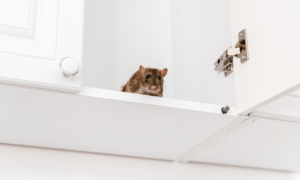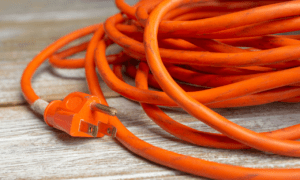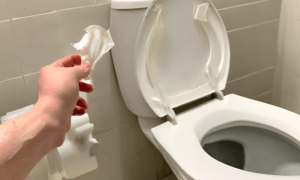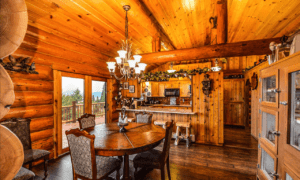Introduction:
Welcome to our comprehensive guide on Underground Extension Cords: Safety and Applications. In this informative series, we delve into the essential aspects of underground extension cords, from choosing the right one to troubleshooting common issues.

Choosing the Right Underground Extension Cord
Types of Underground Extension Cords
When it comes to selecting the right underground extension cord, it’s crucial to understand the available types. You’ll encounter a variety of cord materials, each designed for specific purposes. Common options include PVC, rubber, and thermoplastic cords. PVC cords are suitable for general outdoor use, while rubber cords are more robust and flexible. Thermoplastic cords are known for their durability and resistance to harsh weather conditions. To make an informed choice, consider the intended application and environmental factors.
Weather Resistance and Durability
Underground extension cords face exposure to various weather elements, so their weather resistance and durability are paramount. Look for cords labeled as weather-resistant or designed for direct burial. These cords are constructed to withstand moisture, sunlight, and temperature fluctuations. Additionally, consider the insulation material. Cords with thick, durable insulation are less likely to degrade over time, ensuring long-lasting performance in underground applications.
Length and Sizing Considerations
Determining the appropriate length and gauge for your underground extension cord is essential to preventing voltage drop and ensuring safety. Longer cords require a larger gauge to deliver power effectively. Calculate the distance between the power source and your target area to select the right cord length. Consult an extension cord sizing chart to match the cord’s gauge with the power load. Oversized cords can be costly, while undersized cords may overheat and pose safety risks. Finding the right balance is key to a successful underground power solution.
Safety Standards and Certification
Safety should be a top priority when choosing an underground extension cord. Look for cords that meet recognized safety standards, such as those established by organizations like Underwriters Laboratories (UL). Certification ensures that the cord has undergone rigorous testing to verify its safety and performance. Additionally, consider the cord’s suitability for underground use. Some cords are specifically designed for burial and come with additional safety features like enhanced insulation and protection against moisture. Prioritizing safety standards and certifications ensures your underground power solution operates securely and reliably.
Cost vs. Quality: Making Informed Choices
Balancing your budget with cord quality and features is essential when selecting an underground extension cord. While it may be tempting to opt for the least expensive option, keep in mind that lower-quality cords may not withstand the rigors of underground installation. Investing in a high-quality, durable cord can save you money in the long run by reducing maintenance and replacement costs. Consider your specific project requirements, and aim for the best combination of affordability and quality. Remember that safety should never be compromised, so prioritize cords that meet safety standards even if they come at a slightly higher price point. Making informed choices ensures a reliable and cost-effective underground power solution.

Installation Guidelines for Underground Extension Cords
Preparing the Area for Installation
Before installing an underground extension cord, thorough preparation of the area is crucial. This involves creating a trench or using conduit to safely house the cord. When digging a trench, ensure it’s deep enough to accommodate the cord and conduit while complying with local regulations. Take precautions to avoid damage to existing utilities, and call utility companies for assistance if necessary. Safety should be a top priority during excavation, so wear appropriate gear and exercise caution.
Installing Conduit and Burial Depth
Conduit plays a vital role in protecting the underground extension cord from physical damage and environmental factors. It acts as a shield, ensuring the cord remains safe and operational. When installing conduit, consider its material, such as PVC or metal, and select the appropriate size to fit the cord comfortably. The burial depth is also crucial. Conduit should be buried at a sufficient depth to prevent accidental exposure or damage. Ensure it is securely fastened and properly sealed at entry and exit points to keep out moisture and debris.
Securing and Connecting the Cord
Once the conduit is in place, it’s time to secure and connect the underground extension cord. Secure the cord inside the conduit using appropriate hangers or clamps to prevent sagging and damage. Pay close attention to bends and turns, ensuring the cord remains undamaged during installation. When connecting the cord, follow the manufacturer’s instructions for making secure, waterproof connections. Use connectors and junction boxes designed for underground use to maintain safety and reliability.
Waterproofing and Sealing
To protect your underground extension cord from moisture and water ingress, proper waterproofing and sealing are essential. Seal all conduit joints and entry/exit points with waterproof sealant or caulk to create a tight, moisture-resistant barrier. Additionally, use waterproof electrical connectors and junction boxes to ensure a watertight connection. Regularly inspect these seals to ensure they remain intact over time. Water damage can compromise the integrity of the cord and pose electrical hazards, so thorough waterproofing is a crucial step in the installation process.
Inspections and Maintenance
Periodic inspections and maintenance are key to ensuring the longevity and safety of your underground extension cord installation. Regularly check the conduit for signs of damage, such as cracks or corrosion, and promptly address any issues. Inspect the cord for wear and tear, ensuring that it remains in good condition. Clean and clear any debris from the conduit to maintain proper ventilation and prevent moisture buildup. By conducting routine inspections and maintenance, you can enjoy reliable underground power for years to come.
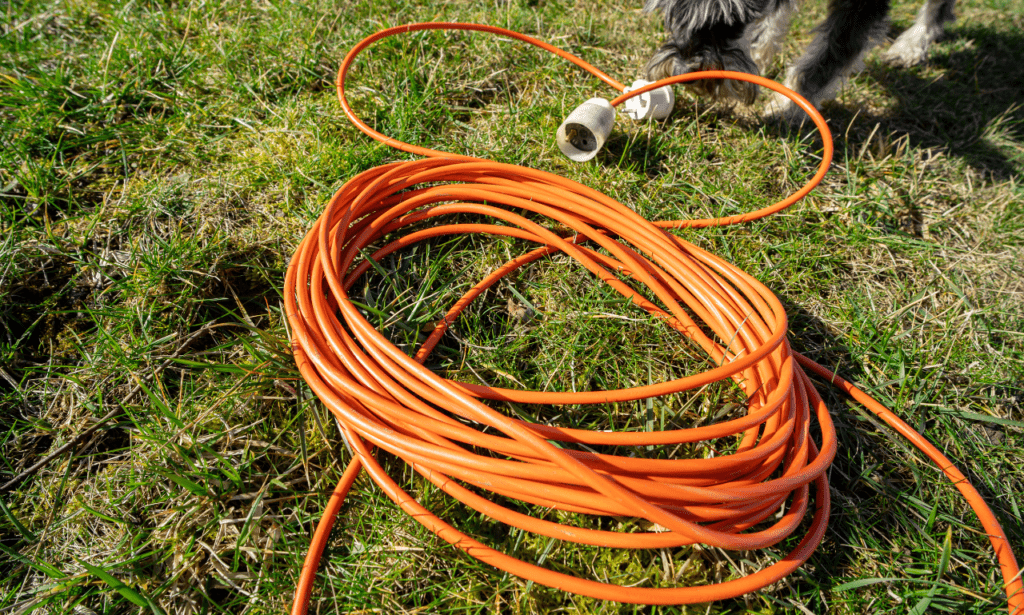
Underground Extension Cord Projects and Applications
Garden and Landscape Lighting
Underground extension cords play a pivotal role in illuminating gardens and landscapes. They offer a discreet power solution for outdoor lighting, making it possible to light up pathways, highlight garden features, and create a captivating ambiance. With careful installation and weather-resistant cords, you can transform your outdoor space into a beautifully lit retreat.
Pool and Pond Equipment
For pool and pond owners, safely powering pumps, filters, and underwater lighting is essential. Underground extension cords provide a secure and concealed way to deliver power to these aquatic features. It’s imperative to comply with safety regulations and use cords specifically designed for wet environments to prevent electrical hazards and ensure uninterrupted operation.
Outdoor Entertainment Areas
Outdoor kitchens, entertainment systems, and recreational areas often require additional power sources. Underground extension cords can be discreetly installed to extend power to these outdoor spaces, enabling you to host gatherings, cook, and enjoy entertainment without visible cords cluttering your outdoor environment. Concealing cords below the surface ensures both safety and aesthetics.
Holiday Decorations and Events
During holidays and special events, many homeowners decorate their outdoor spaces with festive lighting and displays. Underground extension cords offer a practical solution for safely powering these decorations. Whether it’s Halloween, Christmas, or a special occasion, you can achieve a clean and professional look by concealing extension cords beneath the ground. This not only enhances the visual appeal of your decorations but also reduces tripping hazards and ensures your outdoor area remains accessible and safe for guests.
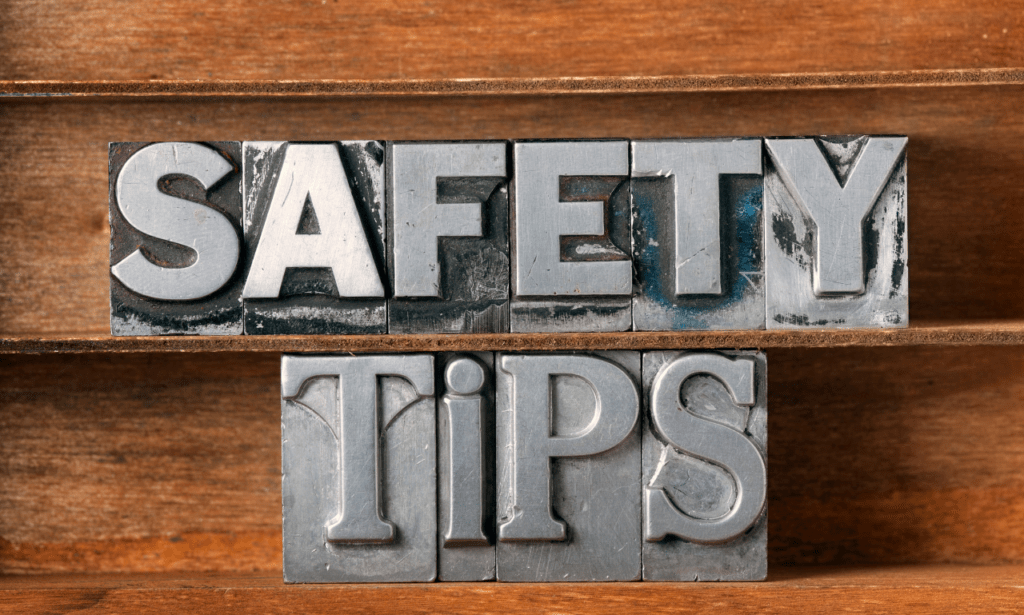
Troubleshooting and Safety Tips
Common Issues with Underground Extension Cords
While underground extension cords are reliable, occasional issues can arise. It’s essential to be aware of common problems such as damaged insulation, water ingress, or connection failures. Learn to identify these issues early and address them promptly to maintain the safety and effectiveness of your underground power solution.
Electrical Safety Guidelines
Safety should always be a top priority when working with underground extension cords. Follow essential electrical safety guidelines, including using Ground Fault Circuit Interrupters (GFCIs), keeping cords away from water sources, and avoiding overloading circuits. These precautions are crucial to preventing electrical accidents and ensuring the safety of your property and those around you.
Emergency Procedures
In the event of cord damage or failure, it’s essential to know how to respond. Have a plan for handling emergencies, which may include power interruptions or damaged cords due to excavation or unforeseen circumstances. Learn how to safely disconnect power, perform temporary repairs, and contact professionals if needed. Quick and appropriate actions can prevent accidents and minimize downtime.
Conclusion
In conclusion, underground extension cords offer a versatile and safe solution for various outdoor applications. By choosing the right cord, following installation guidelines, and prioritizing safety, you can enjoy the convenience of concealed power for your home improvement projects. Whether it’s enhancing your garden, powering pool equipment, expanding outdoor entertainment spaces, or decorating for special occasions, underground extension cords empower homeowners to create beautiful and functional outdoor environments.
For tips on dealing with noisy neighbors and their generators, check out our article on ‘Home DIY: How to Deal with a Noisy Neighbor’s Generator’.







